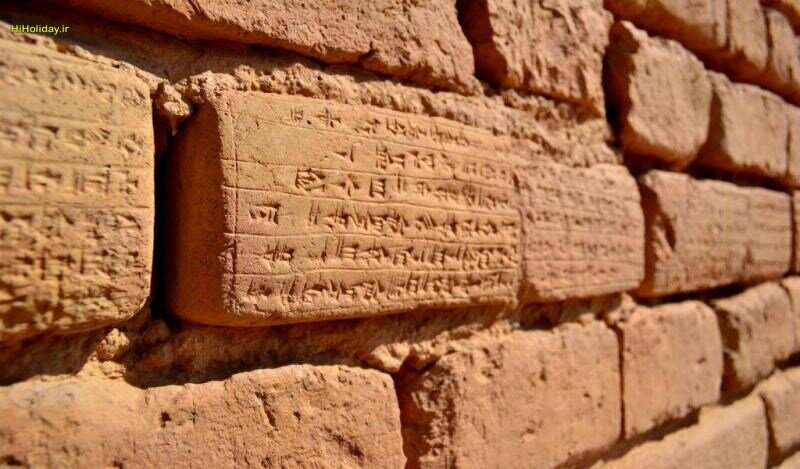Khuzestan arranges special tour dedicated to the visually impaired

TEHRAN – Khuzestan province, which is home to three World Heritage sites, is to organize a special tour for people with visual impairments.
The tourism department of Khuzestan province is organizing a tour for a host of visually impaired people, a local official said on Monday.
Necessary facilities and specialized equipment will be provided for the participants during the three-day event to be held from November 15 to 17, the official said.
Shushtar Historical Hydraulic System, Haft-Tappeh, and the ziggurat of Tchogha Zanbil are among the destinations embedded in the tour’s schedule, the official said.
A prehistorical masterpiece of civil engineering, the hydraulic system comprises bridges, weirs, tunnels, canals, and a series of ancient watermills powered by human-made waterfalls. The UNESCO-designated Shushtar Historical Hydraulic System testifies to the heritage and the synthesis of earlier Elamite and Mesopotamian know-how; it was probably influenced by the Petra dam and tunnel and by Roman civil engineering.
UNESCO says that the Shushtar Historical Hydraulic System demonstrates outstanding universal value as in its present form, it dates from the 3rd century CE, probably on older bases from the 5th century BC. It is complete, with numerous functions and large-scale, making it exceptional.
Haft-Tappeh (literary meaning “Seven Mounds”) is located 15 kilometers to the south of the ancient city of Susa, itself a highly significant archeological site in southwest Iran. Early excavations in Haft-Tappeh conducted by the late Iranian archaeologist Dr. Ezzatollah Negahban yielded numerous petroglyphs bearing cuneiform inscriptions in Akkadian, belonging to Elamite kings. The petroglyphs contain information on the religious beliefs, trading methods, and the political, cultural, and social relations of the time.
A top tourist destination in Khuzestan, Tchogha Zanbil is considered by many the finest surviving example of Elamite architecture in the globe. It was made a UNESCO site in 1979. Its construction started in c. 1250 BC upon the order of the Elamite king Untash-Napirisha (1275-1240 BC) as the religious center of Elam dedicated to the Elamite divinities Inshushinak and Napirisha. UNESCO says that Tchogha Zanbil is the largest ziggurat outside of Mesopotamia and the best preserved of this type of stepped pyramidal monument. Tchogha Zanbil was excavated in six seasons between 1951 and 1961 by Roman Ghirshman, a Russian-born French archeologist who specialized in ancient Iran.
Situated at the head of the Persian Gulf and bordering Iraq on the west, Khuzestan was settled about 6000 BC by a people with affinities to the Sumerians, who came from the Zagros Mountains region. Urban centers appeared there contemporaneous with the first cities in Mesopotamia in the 4th millennium.
Khuzestan, according to Encyclopedia Britannica, came to constitute the heart of the Elamite kingdom, with Susa as its capital. Alexander the Great took Susa shortly after the Battle of Gaugamela in 331, and from 311 to 148, Khuzestan was a satrapy (named Susiana) of the Seleucid empire, with its capital at Seleucia on the Eulaeus River.
The region was passed firmly into Parthian control between 148 and 113 BC and then under Sasanian rule about 226 CE. Moreover, it was a frontier zone between the Roman-Byzantine and the Parthian-Sasanian empires and finally was taken by the Arabs in about 642. The Khuzestan region was part of the Safavid and Qajar dynasties that successively ruled Iran.
In the 20th century, Khuzestan’s prosperity revived with the development of oil fields, the building of the Trans-Iranian railway, and the expansion of ports at Abadan and Khorramshahr.
AFM
Leave a Comment